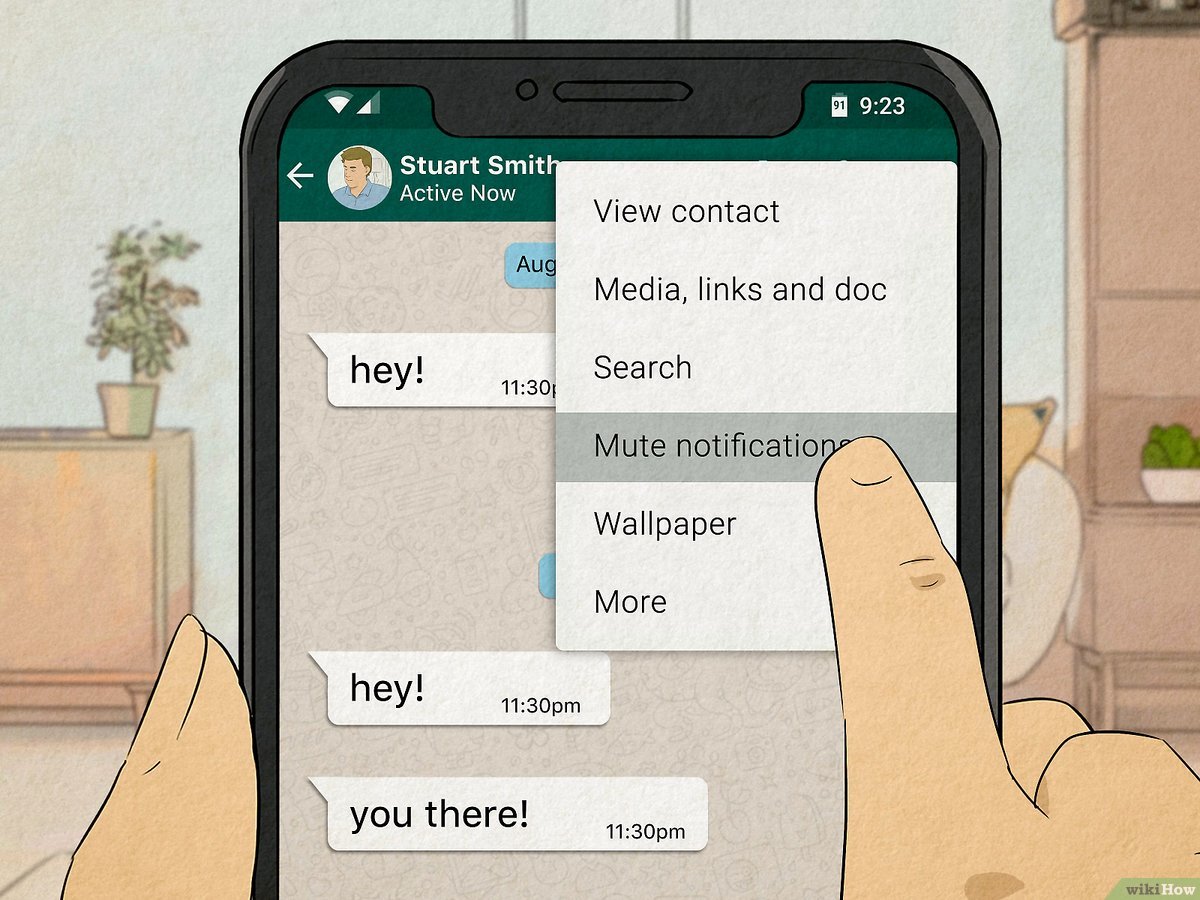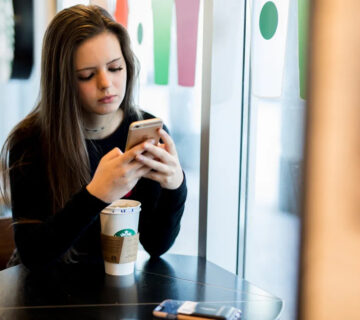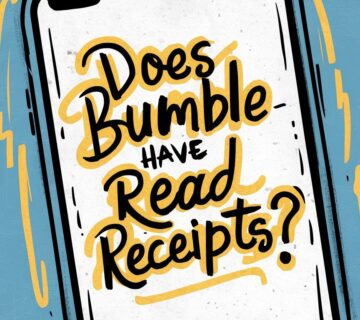As we continue into a digital-first decade, the way we date online is transforming rapidly. Apps like Bumble—celebrated for centering user safety, privacy, and women’s initiation—now find a new gold standard catching on among users: messaging boundaries. In 2025’s hyperconnected world, understanding and respecting boundaries has become critical not only for healthy relationships but for mental wellbeing, enjoyable dating, and even match success.
Why Messaging Boundaries Matter More Than Ever
Digital dating blurs traditional boundaries. With 24/7 chat access, voice and video calls, and algorithmic nudges, it’s easy for users to fall into habits that erode their own comfort—or worse, others’. This can mean:
-
Burnout from non-stop notifications and pressure to reply
-
Misunderstandings as humor, tone, and intent get lost in text
-
Anxiety from boundary-pushing, repeated messages, or oversharing by matches
Setting clear boundaries is the antidote—creating a space where both sides feel comfortable, authentic, and able to show genuine interest free from pressure or intrusion.
How Bumble’s Design Encourages Healthy Boundaries
Bumble stands out in the 2025 app landscape for:
1. Women-Initiated Messaging
In heterosexual matches, Bumble’s structure requires women to message first—empowering agency and setting a tone of mutual respect from the start.
2. No Read Receipts
Unlike apps that pressure users with “seen” labels and blue ticks, Bumble’s deliberate lack of read receipts respects users’ choice to reply at their own pace, free from anxiety or confrontation.
3. Profile-Powered Insights
Detailed profile prompts, photo verification, and “intentions” tags let users clarify what they seek—reducing awkwardness over mismatched expectations.
4. Communication Controls
Features like block, unmatch, and reporting empower users to enforce their boundaries actively and remove bad actors quickly from their dating experience.
5. Safety-Centric Privacy
From incognito mode to zero “last seen” indicators, Bumble’s settings help users engage on their terms—when and how they decide.
The Do’s and Don’ts of Bumble Messaging Boundaries
DO: Communicate Your Comfort Zone Early
Open with a message that’s unique and friendly, but also authentic to your personality and boundaries. Signals like humor, time-of-day preferences, or sharing pace set a positive precedent.
DON’T: Spam or “Double Text”
Repeated, back-to-back messages after no reply can be overwhelming or off-putting. On Bumble, patience pays off—most users prefer a single, thoughtful follow-up to a stream of anxious questions.
DO: Use the App’s “End Conversation” Tools
If a conversation crosses your lines—rude language, unsolicited images, disrespect—you have every right to unmatch or report. Bumble’s moderation system is strict and proactive.
DON’T: Assume Instant Replies
Bumble’s user base often works, studies, or travels. Slow replies are normal and not a sign of disinterest until proven otherwise.
DO: Respect Move-to-Platform Requests
When a match wants to keep chatting on Bumble longer before moving to WhatsApp or Instagram, respect that boundary. Consent-driven communication builds trust.
DON’T: Share Personal Info Too Early
Boundaries are about safety as well. Avoid oversharing details like home/work addresses, phone numbers, or financial info until you’ve established mutual comfort and trust.
DO: Use “Intentions” Tagging
Bumble lets users display what they seek—dating, friendship, networking. Refer to this in your conversation to keep things clear.
Practical Scripts for Setting Boundaries on Bumble
-
“Hey! I prefer taking things slow with new matches—happy to chat here for a bit before moving to another app.”
-
“I usually check messages in the evening, so if I don’t reply right away please don’t take it as a lack of interest.”
-
“I don’t feel comfortable sharing my phone number just yet, but I’m really enjoying our convo here.”
-
“I’m happy to talk about hobbies/life plans, but not politics/finances—hope that’s okay!”
Real User Stories: Boundaries That Built Better Connections
“After I started being clear that I only use Bumble chat until I’m sure about a match, I noticed more respect and fewer pressure-y messages. The right people appreciate boundaries.”
– Ananya, 27, Mumbai
“When a match asked if I wanted to meet after two messages, I realized it was okay to say, ‘Let’s wait a bit, I prefer chatting more first.’ He was cool—and it turned into our strongest connection yet.”
– Jeff, 32, London
“I had to block someone who kept pinging me every hour. I was nervous, but Bumble makes it easy and I felt powerful again.”
– Linda, 36, Melbourne
Bumble vs. the Competition: Setting Boundaries by Design
| App | Read Receipts? | Initiation Rules | Privacy Controls | User Boundary Tools |
|---|---|---|---|---|
| Bumble | No | Women first | Incognito, no seen | Block, report, intentions |
| Tinder | Yes (Premium) | Anyone | Seen/last seen | Block/report, less control |
| OkCupid | Yes (Premium) | Either | Online status | Some boundary prompts |
| eHarmony | Yes | Either | Read receipts | Premium, reporting |
| Hinge | No | Either | Minimal info shown | Block/report, prompts |
Bumble and Hinge’s privacy-focused approach places them at the top for healthy digital boundaries in 2025.
Why Boundaries Lead to Better Digital Relationships
-
Lower anxiety results in more authentic conversations.
-
More time to reflect before replying, leading to higher-quality exchanges.
-
Healthier, more resilient users—less likely to burn out or disengage from dating.
-
Reduced risk of harassment or overstepping since both sides know where they stand.
-
More successful connections with people who share your communication style and needs.
The Link Between Privacy and Boundary Setting
Leading privacy advocates, like the Electronic Frontier Foundation (EFF), affirm the link between privacy controls and healthy online boundaries:
“Digital platforms should empower users to control their conversation pacing, disclosure, and safety without system surveillance or pressure. Boundaries and privacy are keys to a healthier digital society.”
Frequently Asked Questions: Messaging Boundaries on Bumble
Q: Can setting boundaries hurt my chance of finding a match?
A: No! In fact, clear boundaries attract people who value respect, authenticity, and healthy connection—the very best matches.
Q: What if someone ignores my boundaries?
A: Use Bumble’s tools: block, report, or unmatch. Your comfort comes first.
Q: How can I get better at saying “no” politely?
A: Practice positive phrasing (“I’d rather…” “I’m more comfortable with…”) and remember, honesty is attractive.
Read More: The Art of Digital Detach: Why Less Is More on Dating Apps in 2025
Conclusion: Make Boundary-Setting Your Bumble Superpower
Messaging boundaries are the golden rule of Bumble dating in 2025.
By setting, respecting, and communicating your comfort zones, you not only protect your emotional wellbeing, but also pave the way for real, meaningful connections with people who value you as you are. Let Bumble’s privacy features and community tools make it easy, and remember—healthy boundaries are always in style.








[…] Read More: Messaging Boundaries on Bumble: The New Golden Rule for Healthy Connections in 2025 […]